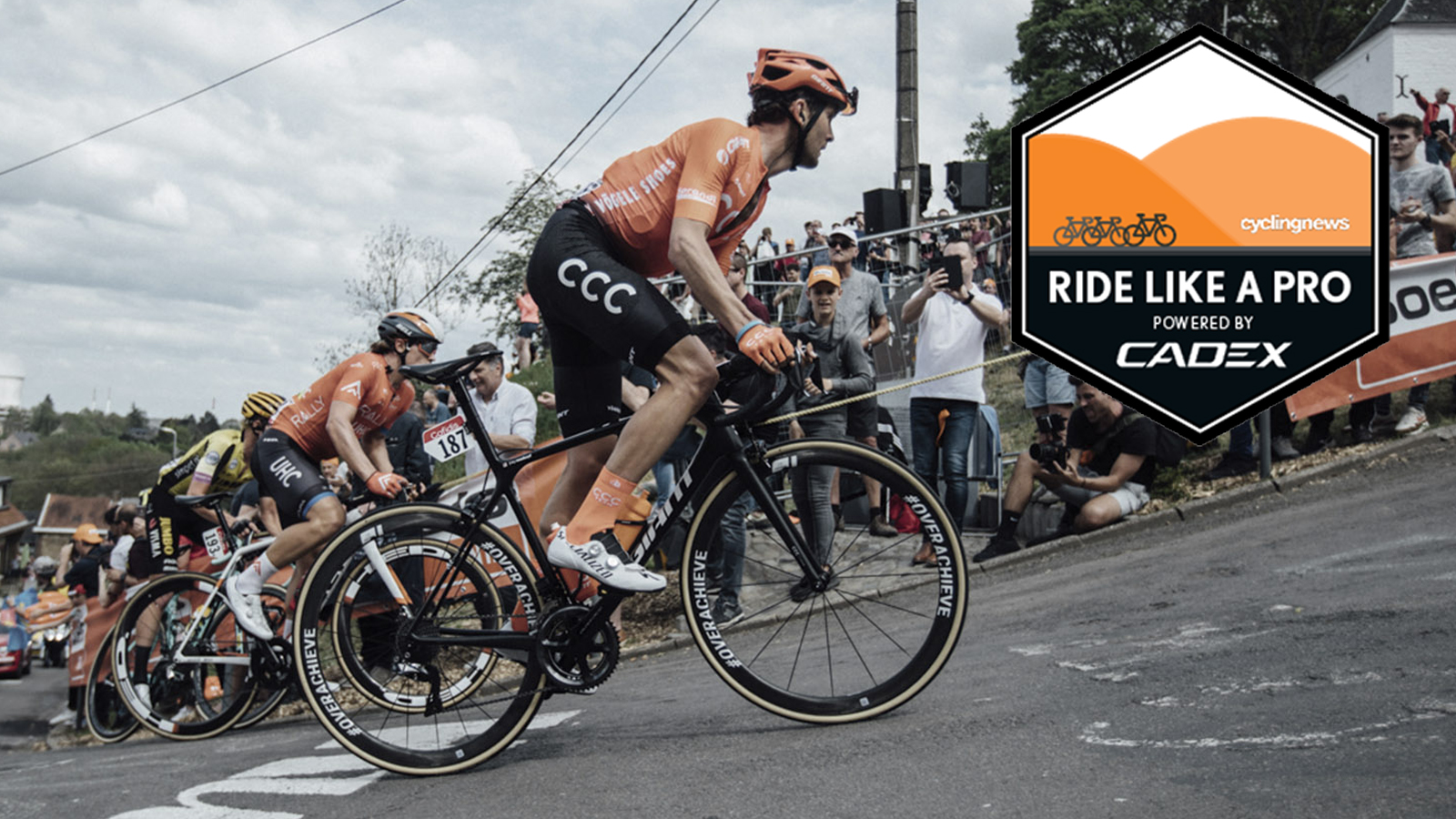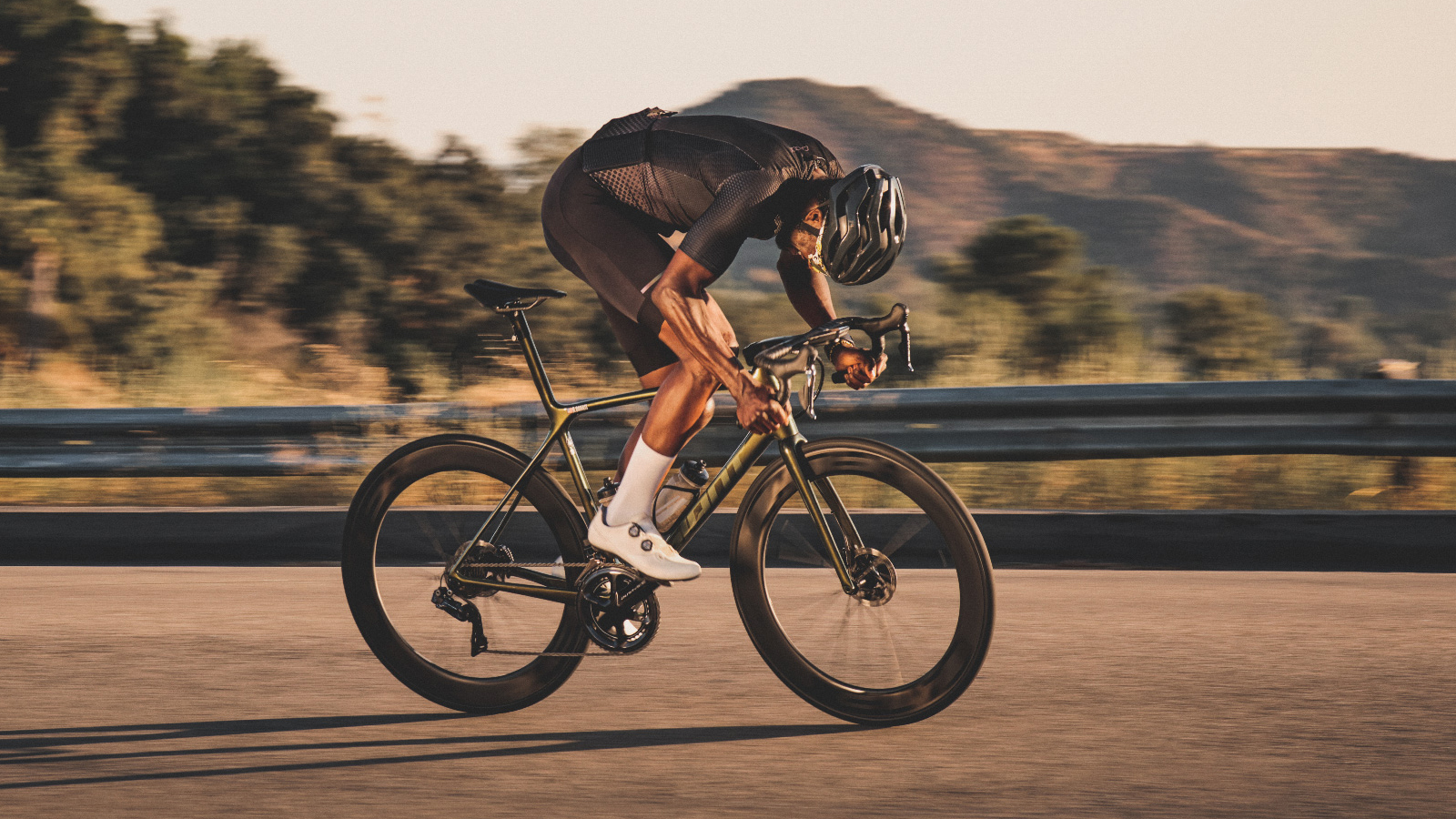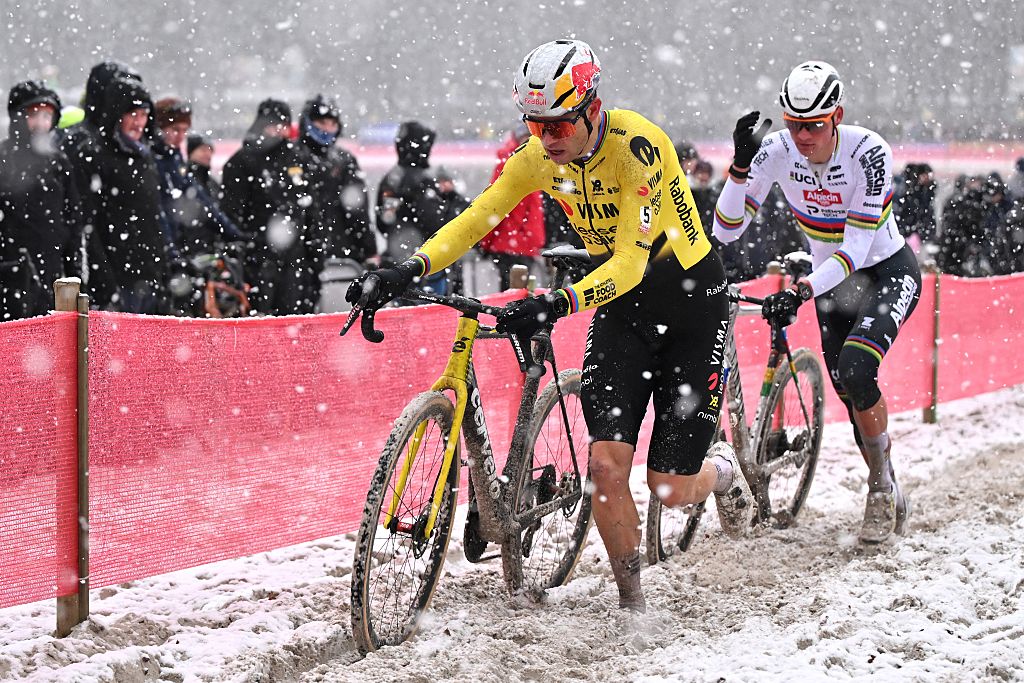How to dress like a pro cyclist
There is more to riding gear than looking good to feel good, cycling clothing brings real-world gains as well

While much of riding like a pro revolves around technique, fitness and the bike, it is important not to forget the role that clothing plays. The development of modern materials, designs and styles not only help riders look better but offer significant increases in performance. Clothing brands are constantly advancing the technology used in the best jerseys and bib shorts making improvements which are significant enough that the UCI has felt the need to ban certain technology and clothing due to the unfair advantages they offer. Things like textured surfaces, compression and moisture management all play a part in performance gains. These small changes to clothing may seem trivial but if the UCI invents a device for measuring sock length there must be some serious gains to be made by carefully considering the kit that you choose to wear.
Before we dig too deep into this subject it shouldn’t come as a surprise that a lot of performance kit is very expensive but that doesn’t mean there aren’t cheaper options available. Premium brands have a high allure but there are many affordable options that still look and perform just as well. If you are interested in upgrading your wardrobe, be sure to check out our round-up of cheap cycling clothing for a pro look on a budget.
1. Comfortable is fast
People have a preconceived notion that performance cycling is linked with discomfort, in reality, if a rider is not comfortable on the bike they are not going to perform at their best. Assuming your body shape is that of a svelte whippet, clothing that comes in a race fit is going to give the best fit and the most aerodynamic performance.
Clothing designed for performance is preshaped for optimum fit when in an aggressive riding position, this avoids any possible bunching and areas that could cause discomfort. A very close-fitting layer against the skin will also allow body temperature to be regulated more effectively, whether wicking moisture away from the skin to keep the body cooler in hot weather or adding a layer of insulation for warmth without bulk.
2. Aero gains
Aero is arguably the largest performance gain that can be achieved when dressing like a pro cyclist. After all, the best aero road bikes have become so popular that almost every high-end road bike will have some drag-reducing consideration. As a rider’s body will have the biggest influence on aerodynamics, clothing can play a huge role in reducing drag allowing the rider to cut through the air and save valuable watts.
Race suits - also known as skin suits or speed suits - which join the jersey and shorts into a single piece of clothing will offer the most aero performance although standard bibs and jersey are a bit more practical for day to day riding. The materials used for performance clothing is usually different from other less aero kits, utilising the stretchiest and thinnest material to give the closest fit possible.
3. Dress for the conditions
This is a difficult part of dressing like a pro, when the best riders are lining up at the start line of a spring classic they know they have team cars at hand for support. It’s probably safe to assume that most cyclists don’t have such luxuries on a weekend training ride. Checking the weather before a ride means you can dress appropriately and avoid under- or overheating and carrying unnecessary items. The best waterproof cycling jackets not only keep the weather out but are also close fitting to help keep you as aero as possible. Jackets such as those which use Gore’s Shakedry material also pack away incredibly small so when the poor weather passes the jacket can be easily stowed away in a jersey pocket.
The latest race content, interviews, features, reviews and expert buying guides, direct to your inbox!

4. Styles for miles
Of course, aesthetics are purely superficial but, if seeking a true pro image, then looks very much do matter, despite what some team kit designers seem to demonstrate. Luckily as a non-professional rider, you can choose your style whether that be bright colours and patterns or subtle tones. While much is debated regarding the rules on how to wear cycling clothing, such as trivial discussions regarding whether socks go over or under leg warmers, some rules are based on sensibilities and by following a few simple rules you can make sure you look great on the bike.
Making sure your kit fits well and is worn properly makes a huge difference, correct sizing not only makes sure your jerseys and bib shorts perform at their best when riding but will also assure that clothing which can easily be unflattering doesn’t accentuate anything it shouldn’t. While most riders don’t need to be told how to dress themselves, leg and arm warmers go under short legs and jersey sleeves (with no gaps), the baselayer is worn under bibs and finally jerseys over bibs, this may seem obvious but terrible mistakes can be made.
For those that don’t know, the absolute rule of dressing like a pro is, ironically, not to dress like a pro. Choosing a team kit may seem like a nice way to support your favourite team whilst also getting a performance kit but in reality, it screams rookie. This generally applies to any clothing that features large logos (or baked bean brands) although there are exceptions such as the kit for cycling clubs, but only if you are a member of said club.
All the best clothing manufacturers will design their range of clothing to work well as a set. A no brainer when choosing cycling clothing is to pick a complete kit from one brand rather than mixing and matching manufacturers, this assures perfect coordination and should avoid any faux pas so you look and feel your best on the bike.
Graham has been part of the Cyclingnews team since January 2020. He has mountain biking at his core and can mostly be found bikepacking around Scotland or exploring the steep trails around the Tweed Valley. Not afraid of a challenge, Graham has gained a reputation for riding fixed gear bikes both too far and often in inappropriate places.

